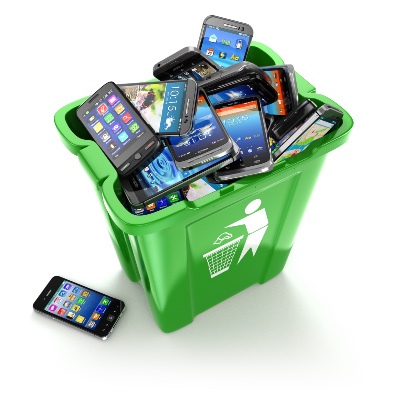Physical Address
304 North Cardinal St.
Dorchester Center, MA 02124
Physical Address
304 North Cardinal St.
Dorchester Center, MA 02124

The life of a mobile phone could be extended to 25 years claims the GSM Association in a new report which sets out how the mobile industry can increase the circularity of its supply and production chains for mobile devices.
“ The average use time of a phone is around three years however the technical lifespan is between four and seven years and the optimal lifetime for a mobile phone in terms of minimising its climate impact could be at least 25 years, says the GSMA.
The GSMA’s report lays out the following vision for the industry – “Devices with as long a life as possible, made with 100 per cent recyclable and recycled content, 100 per cent renewable energy, and where no device ends up as waste”
“Mobile phones play an essential and positive role in the lives of people around the globe, connecting us to loved ones, enabling digital inclusion and delivering economic progress worldwide. However, over their life cycle, they also have environmental impacts – both positive and negative. Mobile phones contribute to carbon reduction by reducing the need to travel, but also cause environmental impacts of their own.
“Of the life cycle of a mobile phone, the majority of environmental impact (around 80 per cent) is in its manufacture. Over 50 different materials can currently be found in an average smartphone, including plastics, ceramics, rare metals, copper and silicon. Mining these materials can cause negative environmental and social impacts. Manufacturing and assembly also contribute to greenhouse gas emissions from fossil fuel use”.
Steven Moore, Head of Climate Action at the GSMA and Mobile Sector Lead for the UN Climate Champions said:
“The mobile industry is making real progress on circularity, but there’s a lot more to do to reduce the environmental impact of devices we rely on every day to stay connected. By setting out a new vision of systemic change for the sector, we’re laying the groundwork for the mobile industry to reduce material waste and increase the longevity of devices.”

Erik Wottrich, Head of Sustainability at Tele2 who led the development of the strategy paper said:
“An increased circularity for devices has a huge potential to reduce negative environmental impact, and at the same time to enable new business models that can generate new business opportunities. This is a great step forward for us as an industry, but there is still much work to be done. We are committed to advancing circular economy by developing new customer offerings based on a circular business model, which will be key for us to reduce our negative climate impact”.
